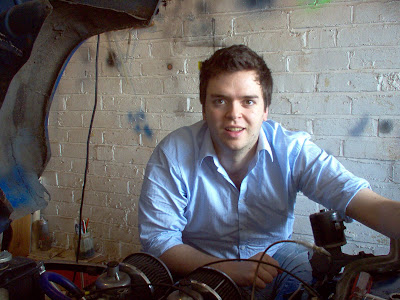I've not had much to do recently on the car and I've just been enjoying using it but recently a problem has reared its ugly head!
I'd been noticing quite a petrol smell when using the car over the last few days but hadn't managed to pin it down until the other day. I suspected the float chambers were leaking petrol but hadn't seen them actually do it until the other day when the right hand carb managed to overflow while I was watching. Having recently had a new fuel pump, I think the increased pressure is overcoming the valves and causing petrol to spill from the overflow. New needle valves have been ordered and I will also try putting a few gaskets between the fuel pump and block to turn the pressure down a bit.
I've also recently started reading a lot about port matching and other cylinder head work. It looks like it'd cost big bucks to get done professionally so I thought why not give it a go at home on an old inlet manifold, then I can get a second hand head and have a go with that! So I started yesterday with the port matching. This boils down to getting the size of the ports on the manifold the same as those on the head. I decided the easiest way to do it would be to enlarge both to the size of the gasket holes. The inlet manifold is already dowled on the Spitfire 1500 so that made life easier to start with. Then I used blue marker around the holes in the manifold where it attaches to the head and fitted the gasket with some bolts through the dowel holes. I could then scribe around the edge of the gasket and see how much material needed removing to bring the manifold holes to just under the size of the gasket holes.

Gradually I have been working the inlet manifold out to the size of the gasket and now I just need to smooth and polish the inside of it as much as possible. Anyway after a few hours with some cutting stones they all looked like this!

Now all I need is a cheap cylinder head of ebay so I can get started on that without worrying too much if it all goes wrong!





